I had a chance to head down to Kojima last month and chat with Hajime and Ryo over at TCB about a few things. TCB is one of those brands that, for me, epitomizes great Japanese denim. They are passionate, knowledgeable, friendly, started from nothing, and do almost everything themselves in-house. I wanted to ask them how they are able to keep their prices below the average while still offering up so many tasty options, as well as have a chat about the gorgeous blanket-lined jackets they recently cooked up. Here are the highlights of our chat, which was fun, light, and carried out over one of the best bowls of curry I’ve ever had in my life. Enjoy.
Hajime, I’m often asked for denim recommendations, often by people just starting out or those who just aren’t wanting to spend over $200 on a pair of jeans. To those people I often suggest Japan Blue or TCB because of their competitive pricing. But then I’m sometimes asked, like, “Well…why are they cheap? Is there something wrong with them?” (laughs). So can I just ask you directly why TCB jeans seem to be the same quality as other Japanese brands, but you sell them for quite a bit less?
Hajime Inoue: When I started up my brand, I never had the intention like, “I’m going to make jeans I can sell cheaper than everyone else” or anything like that. Price never even really entered my mind at the start. It’s been over 20 years since I came to Kojima, and after about 10 years of making jeans and starting up my own brand, I wasn’t like, “Okay, I’m going to make jeans that will cost 17,000 yen”. I wasn’t thinking about costs or profits at all.
I first decided what exactly I wanted to make, then came up with the fabric to make it with, and then set about making the vintage jeans I had in my mind. So it was all about just getting things made at the start, but then of course once I had made the jeans, it came time to sell them. It was then that I first had to consider what I was actually going to sell them for.
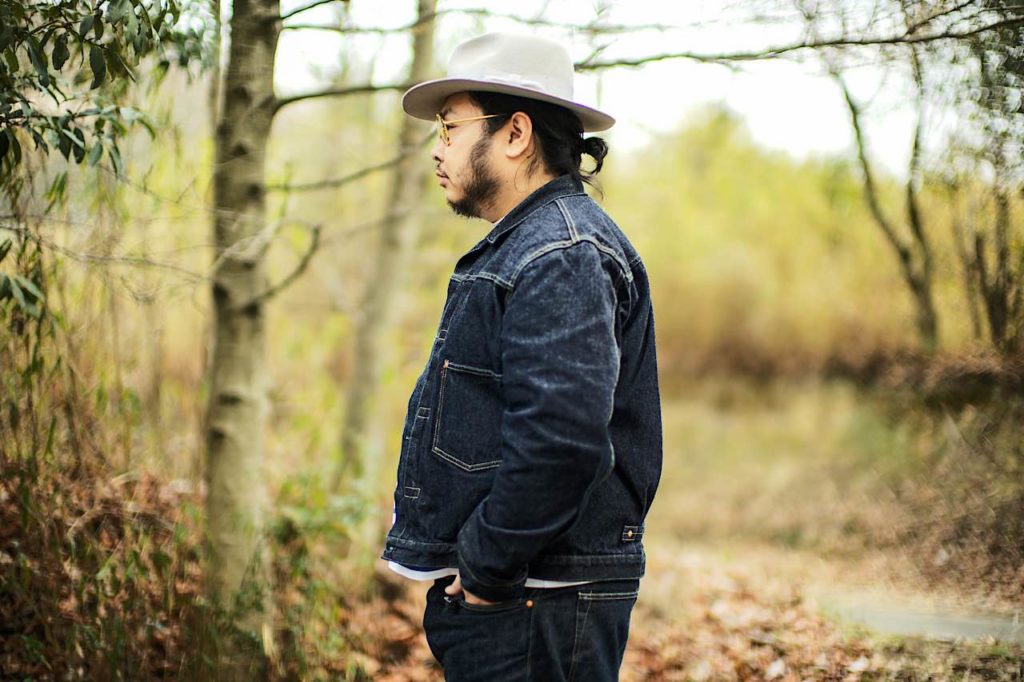
Of course. The jeans have to go somewhere. So how did you arrive at a price?
All I really wanted to do was to be able to continue what I was doing, continue my business of making jeans, so it was with that in mind, not so much making a profit, that I had to start thinking about retail prices. At the time the “20,000 yen barrier” had already been broken by other brands, so that precedent was out there, but when I looked around at what the other brands were selling their jeans for, I could see that they had marketing programs and costs that we didn’t have. I also never had the feeling like I really wanted to sell my jeans for 25,000 yen like other brands, but was willing to take a hit and just sell for 17,000, like some sort of disappointment or compromise. I never thought like that.
Our prices came about quite naturally actually. I guess some brands come up with a price arbitrarily, or set it at whatever they think they people will pay, but our price is actually set by our sewing factory, by our production methods. What I mean is that we figure like, one bar tack stitch is this much, one button hole stitch is this much, and we add up all the little steps that make up a pair of jeans and what we are left with is the total price. That is one way to arrive at a fair price for a product. Also, like one pair of jeans requires 2.78 meters of denim, etc, all that is factored in. So it’s all done kind of objectively according to what it actually costs and what we need to charge to be able to continue doing what we are doing. It’s a natural process for me. I just ignore what so called ‘sales pros’ have to say about the maximum we could make or what exact number has a ring to it that will lure in more customers.
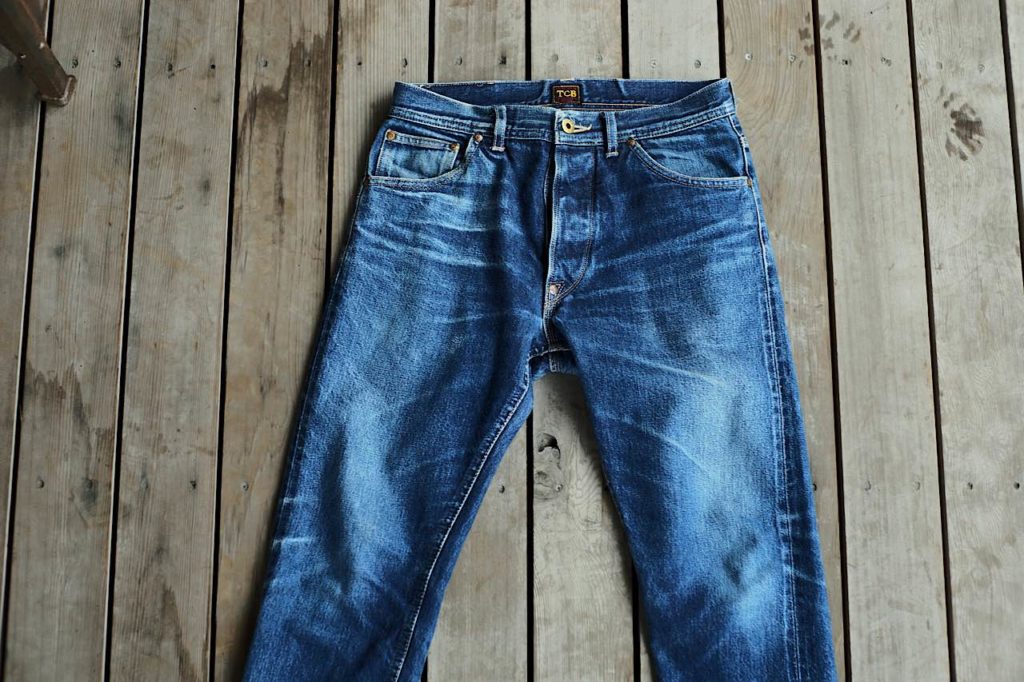
Thanks for that. Interesting. Kind of takes the guesswork out of it over how much to charge, just having a set price for each little step in production, and then adding that all up.
So it’s not like I ever intended to sell jeans more cheaply than the other brands, it’s just what the price worked out to be. I’m also not interested in trying to cut the price down for the denim that our mill makes for us, or in trying to cut costs by making things hard for my employees…I don’t want to do that. In the usual, commercial ways of business you have so many people involved (wholesalers, trading companies, etc.) but for us, because we make everything here ourselves and also sell directly to the customers we are able to skip a lot of that and therefore can ultimately charge less. That’s also a big factor in us being able to charge less than most other brands.
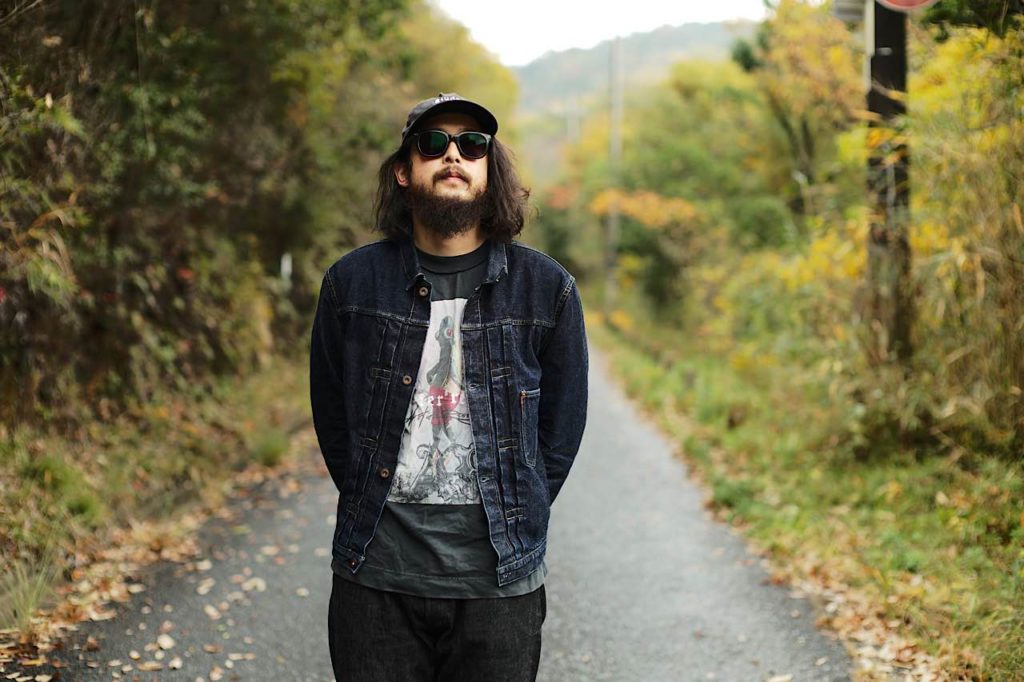
And that’s good, right?
It’s good and bad. A similar example might be, like, coffee. There are a lot of people involved in the chain, with each step along the way adding to the price. Some of these steps are of course necessary, but other’s actually aren’t. We sell as directly as we can. We are not like a usual fashion brand in this regard, and generally, the feedback we hear on our prices is positive. I really love the feeling of a small business being able to sell directly for fair prices, whether it be us or a local craft beer brewery. But I get that different people have different feelings on the price of things, depending on the situation. Like this water I’m drinking was only 100 yen, but there’s also other water in the same size that is 300 yen. Sometimes I’ll buy one, and sometimes I’ll buy the other, depending on the situation, place and feeling. There’s a certain pleasure in both ways.
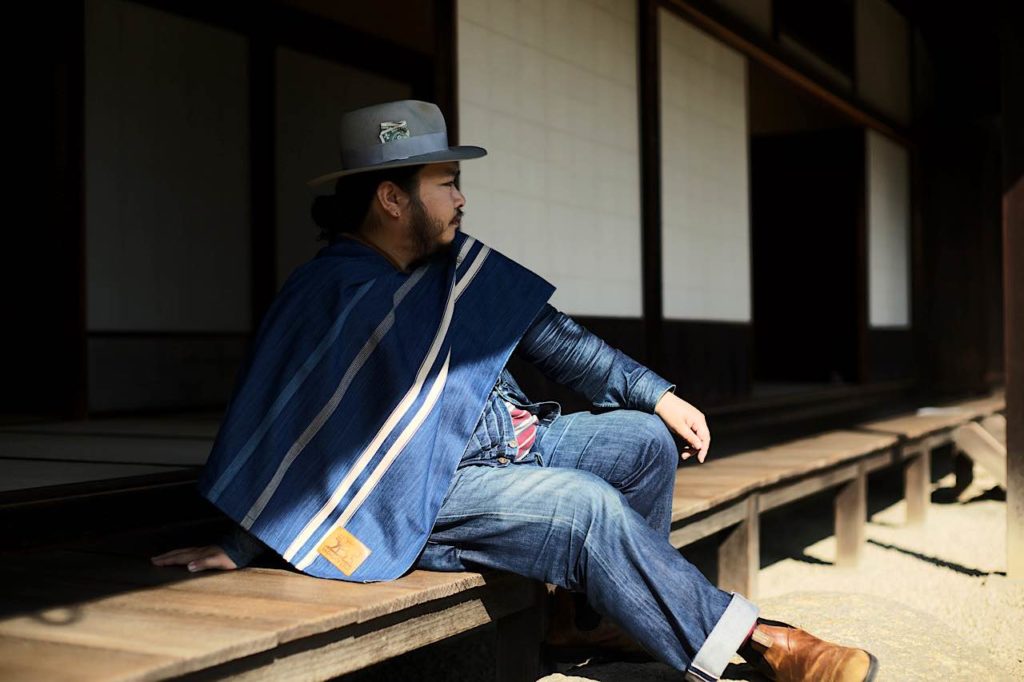
You guys have a fade contest going on right now don’t you? What’s that all about?
About the fade contest, we aren’t actually organizing that ourselves. It’s the users that are doing it, on Superfuture. Of course I’m cooperating with that. Our first one was about 7 years ago with our 50s jeans, again thanks to Superfuture. It was about then, about 2015, that I really started to think of overseas as our main customer base actually.. Before Ryo came here it was just me trying to do everything, exhibitions and stuff, trying to get by in English, but it was tough. At that time I was kind of like everyone else, in that I was basically trying to secure sales, find new stockists, etc. But I knew that it wasn’t enough, I wanted more of a connection to the customers. It really wasn’t enough for me to just sell my jeans and then that was it. That should be the beginning of the story, not the end. There were so many things I wanted to tell people overseas, like all the denim nerd stuff, the denim jargon of Japan…so since Ryo has been here we’ve been able to make so many of these important connections directly with the customers overseas.
So TCB is becoming bigger?
Yes, it’s growing these days, slowly, step-by-step.
And that’s mostly online?
Yes, I think due to Covid, we’re really doing most of our sales online these days. Our motto is really to suggest a lifestyle with jeans, but this only starts with the sale, it doesn’t end there. Maybe it’s an older way of business, like you talk with your customers, keep in touch, see how they and the products are coming along. This is what we’ve been trying to do, both here and online, and it’s really had a positive effect on us and the business. A more intimate way of doing business. The way it’s normally done (and the way we used to do it) is that you just educate your stockists on your product and hope they pass that on to the customer. But that’s not enough for us…what good is it if just the managers know about denim but the customers don’t? Again, better direct connections are needed.
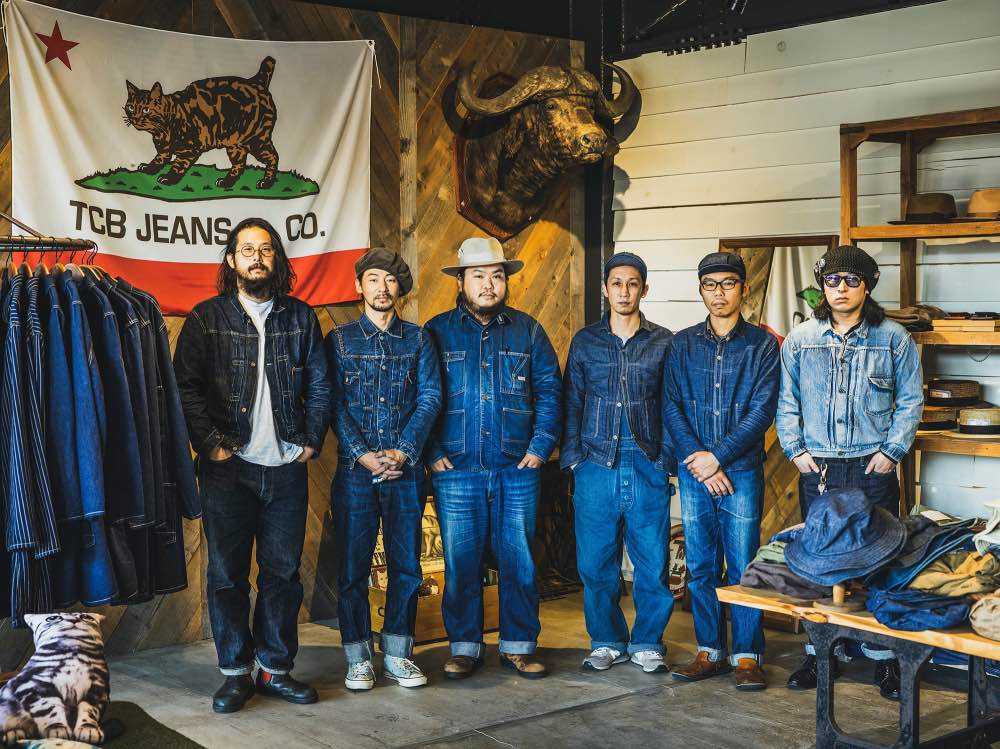
The number of customers coming here is still pretty low due to Covid?
Yes, the ones who actually come to our shop here is still pretty low, but online sales have been increasing, lots of orders. In fact, we get a lot more orders than we can make so we are out of stock in a lot of items.
Your IG Lives have been great.
Really? Thanks. Let’s do one together, join us next time.
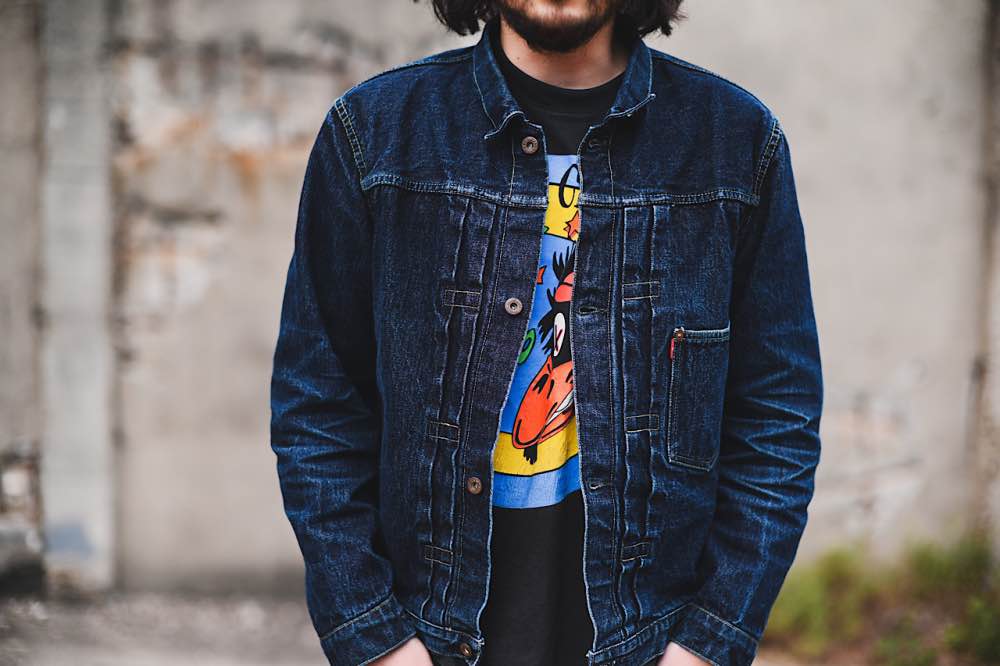
How about your new, blanket-lined jackets? They are awesome. How did those come about?
I’ve always wanted to make those. You know, the way I tend to do things though has good points and bad points. We don’t have seasonal collections like a lot of brands, doing things way in advance. I’m totally not like that, haha…. Like, today is cold outside so I’m like, “Hmm…I really want to make something warm.” And the opposite, if it’s hot outside I’m just thinking about making T-shirts (laughs). You know I have my own factory so technically I can do whatever I want, whenever I want, but realistically I can’t be doing that to my suppliers or workers, you know? I can’t just start making whatever I want immediately. It’s kind of like if you just stuff yourself for lunch and somebody’s asking you, “What’s for dinner?” it’s the last thing you feel like thinking about in that moment (laughs). You’re already full. So when it’s hot out, my mind just doesn’t want to even imagine making clothes that would be hot…and same in the winter. You can see how this might not work that well when planning ahead…haha! So I’ve always been kind of putting this lined-jacket project off, year after year, because the wool I wanted takes 3 or 4 months to have made so…when it’s cold in winter and I’m dreaming of these jackets, by the time I could actually get to making them it would already be spring and we’d be working hard on our summer stuff. The timing just never seemed to work out. I did this for like 3 years in a row!
There’s also the fact that denim itself can be produced year round, so jeans are something we can make at any point. Not so with the wool; there is a weaving season for that. It takes time so if you want to do that, you need to have the wool woven at the end of the spring and into summer, and then do the sewing in the fall, and then you’re ready to sell the finished jacket in winter. So this past year we finally decided to do it.
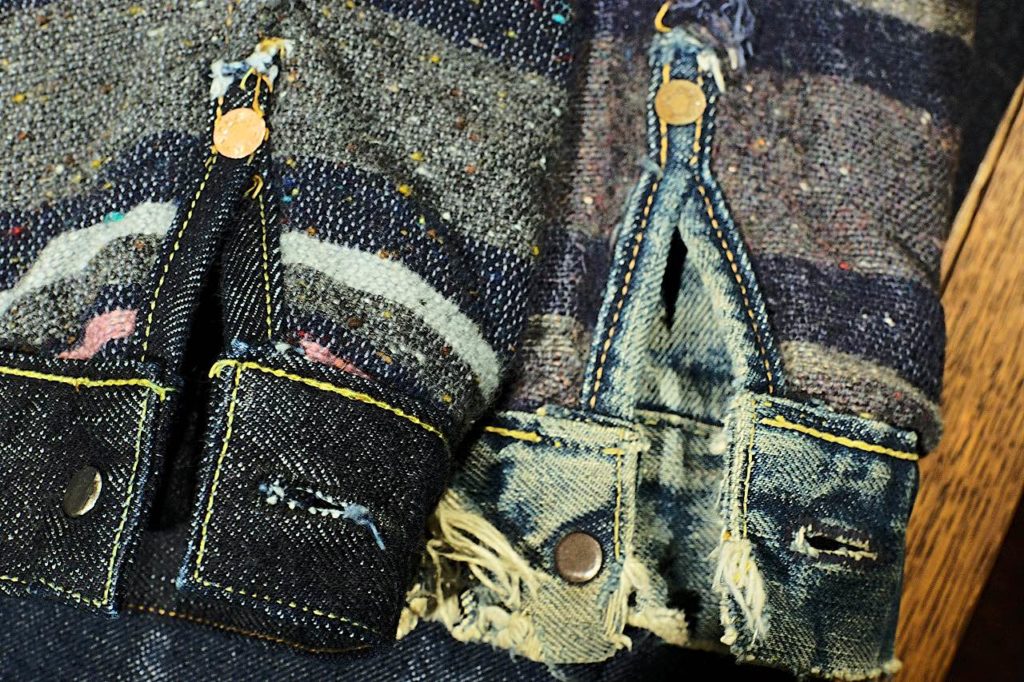
I think they’re gorgeous.
With denim, you know, I’ve got connections and options, whether it be Japan Blue here in Kojima, the guys in Ibara… But the wool isn’t actually woven here in Okayama. Sure, you can buy similar-looking wool from different places, but if you want real-deal, woven in Japan on an antique loom, you need to go to Ichinomiya, in Aichi prefecture. And right next to the weaving place, one of my good friends has his own sewing factory. So we got to talking and decided to do this together, and this project got rolling. And we found somebody who had an old wool loom, but you know, that loom is way slower than a normal shuttle loom for making denim. Have you seen them? They’re so cool, so slow…you can actually see the shuttle slowly moving back-and-forth, it’s almost like hand weaving actually. It really takes time. So I went to check out that machine, the weaver, the wool, and off we went. And we figured that we could get the jackets done in time for Christmas…we thought that was cool. Santa showing up with your new blanket-lined jacket. So this was really a labor of love and cooperation, between us here in Okayama, the guys in Aichi, and Ryo’s advice was also helpful in all of this. It’s a really special jacket. And it was the first time for me to really plan that far ahead.
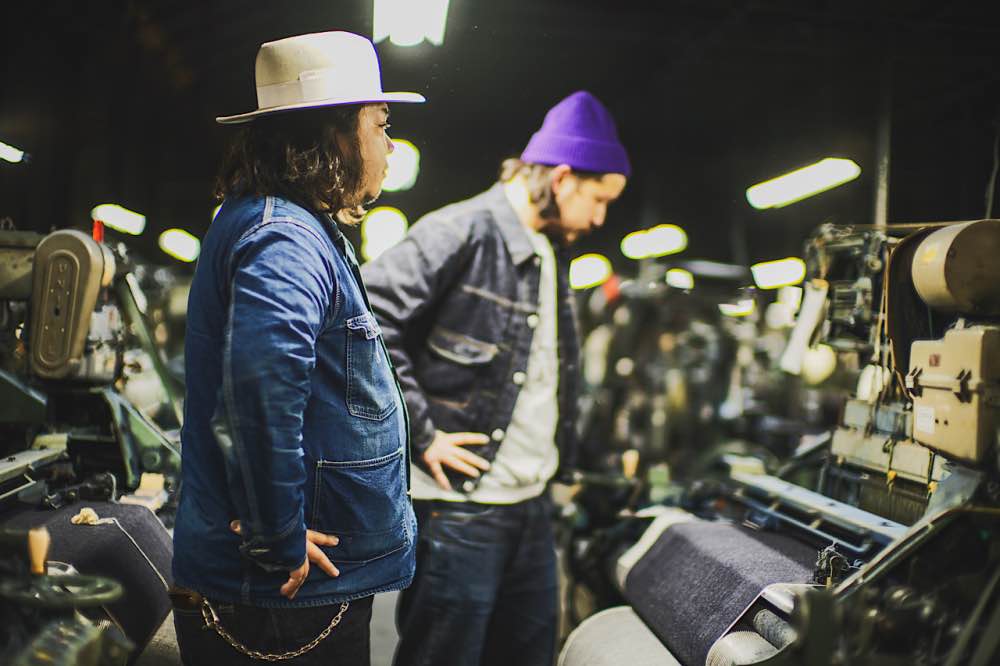
Are you going to make more of these special jackets or was it a one-time-only thing?
Yeah, I was wondering that myself actually. I think what I want to do is to make something, but not a jacket, with those wool blankets again, maybe like coveralls or something. So yes, I want to use the Aichi wool again, but maybe in a different form.
The wool is awesome, really. I love the feel, but even more, the smell! It reminds me of the old wool blankets we used to use when camping back in Canada. I love it.
Really! (laughs) That’s awesome.
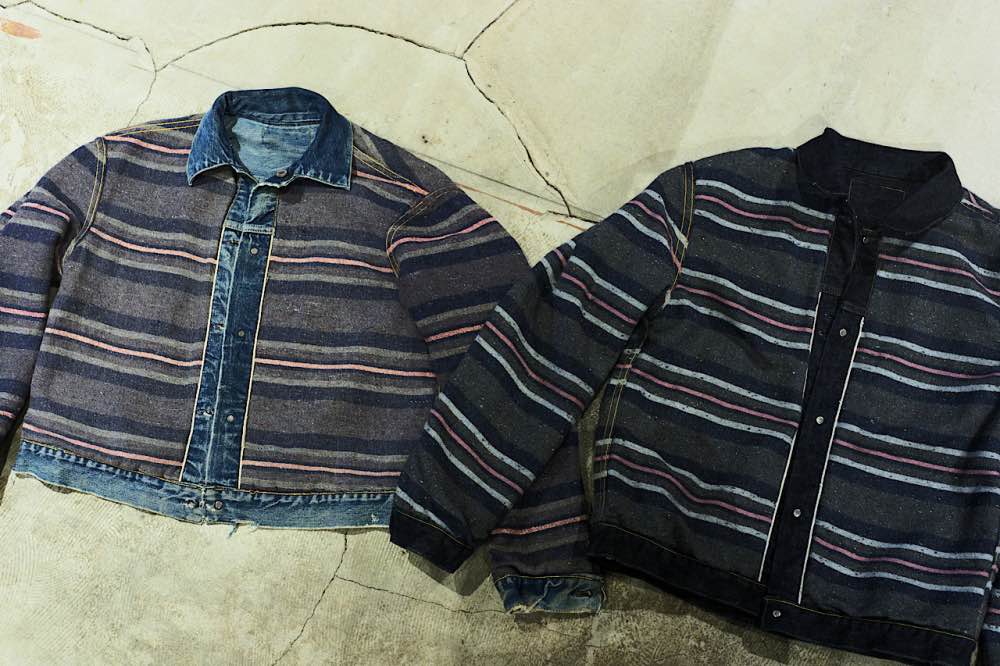
So any new magic for this year? Any new projects in the works?
Ahhh…I want to tell you so bad, but…come back later! Come back later! (laughs). Yes, we have something in the works, but we can’t talk about it just yet. Before summer, well we don’t know how the Olympics are going to go, but we are making something that people will be happy about no matter how that turns out. Sorry…I don’t mean to sound mysterious, but I want you to come back at that time and talk to us again! Haha…sorry. It’s only the two of us that know about it right now (Ryo and myself).
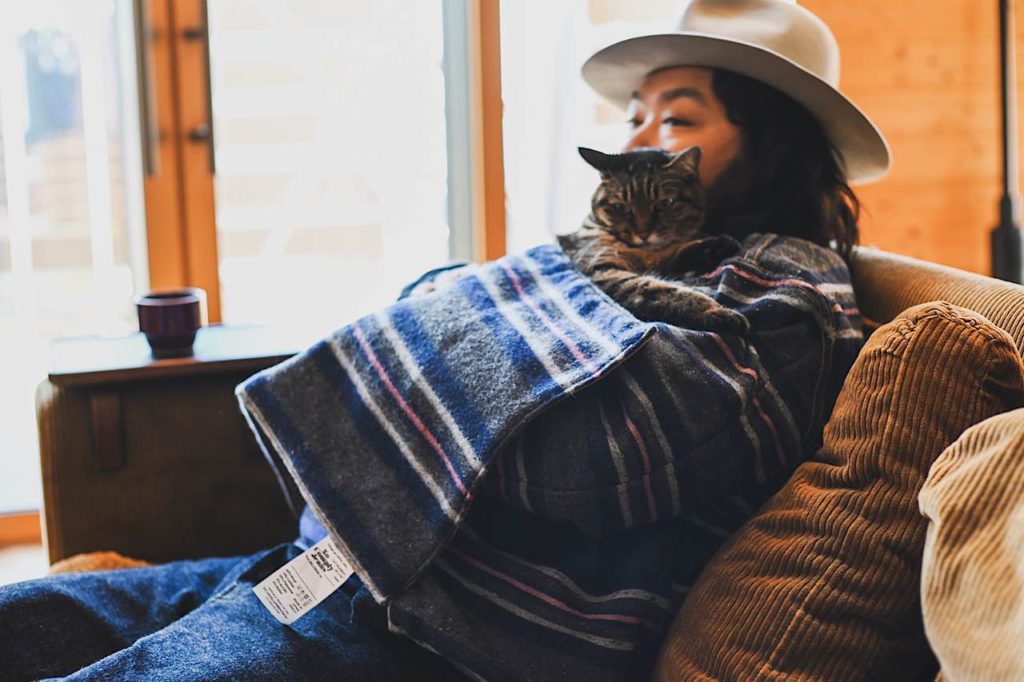
Is there anything else that you want me to pass on to everyone?
I’d love to head over the States when things calm down. Well not just the States, but I want to go out and meet more of our customers, make friends, talk denim, nurture those connections. I hope this day will come when Ryo and I can get out and travel. As I said earlier, more and more we want to keep relationships going with customers after they’ve bought our stuff. You know that one way people relieve stress these days is to just buy stuff for the sake of buying stuff, wear it once, chuck it in the closet. This kind of disposable stress buying is not good I don’t think…it’s not true satisfaction. So we want to provide beautiful clothes that are going to last a very long time and become a part of your lifestyle. I know that we are physically out in the countryside here in Kojima, and of course with the Covid thing still going too it’s tough for people to come here and buy from us and talk directly, but with all the communication tech available now, guys like Ryo and all the staff helping out, our awesome customers…it’s still good. We will do all we can to make and nurture these important connections.
And so ended a great day at TCB. Thanks to Ryo at TCB for pictures used in this article.
You can check out TCB here.

Pingback: An Archive of Images from San Quentin State Prison - The Weekly Rundown